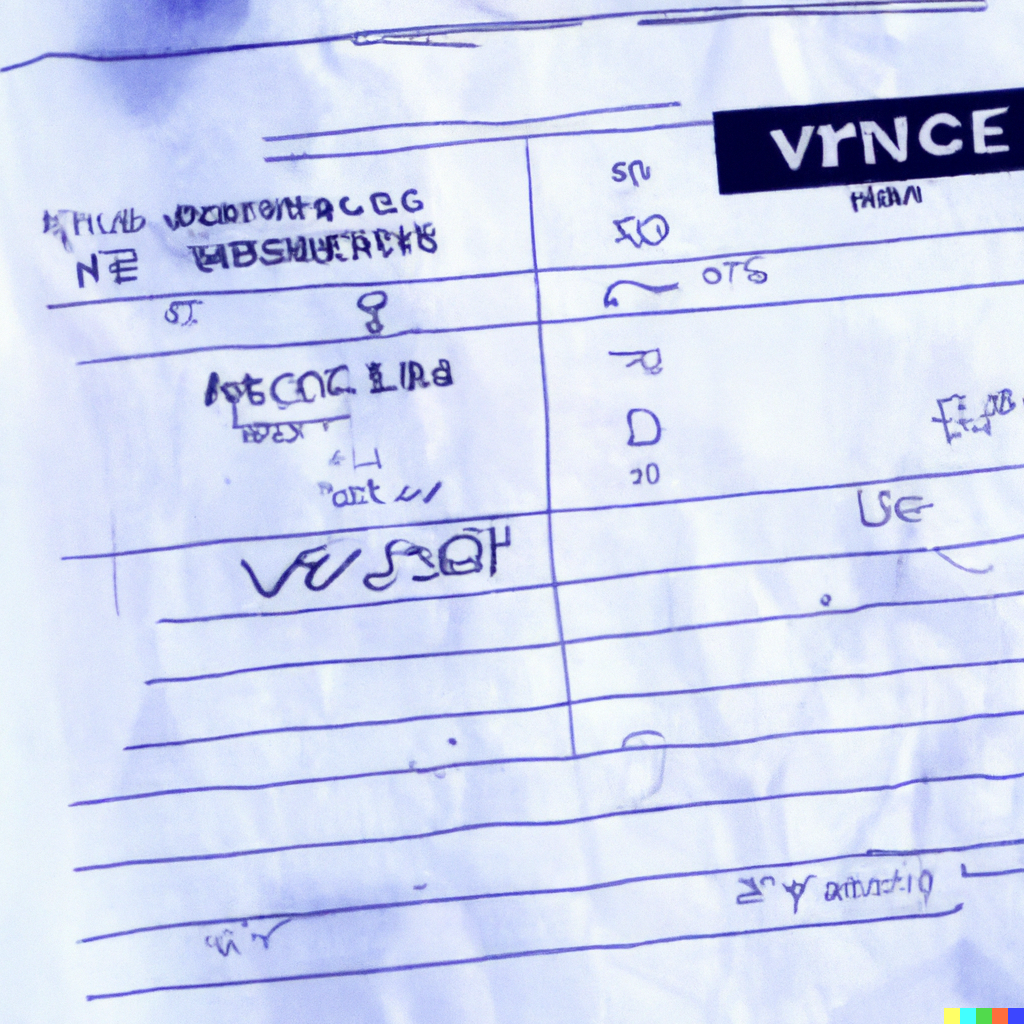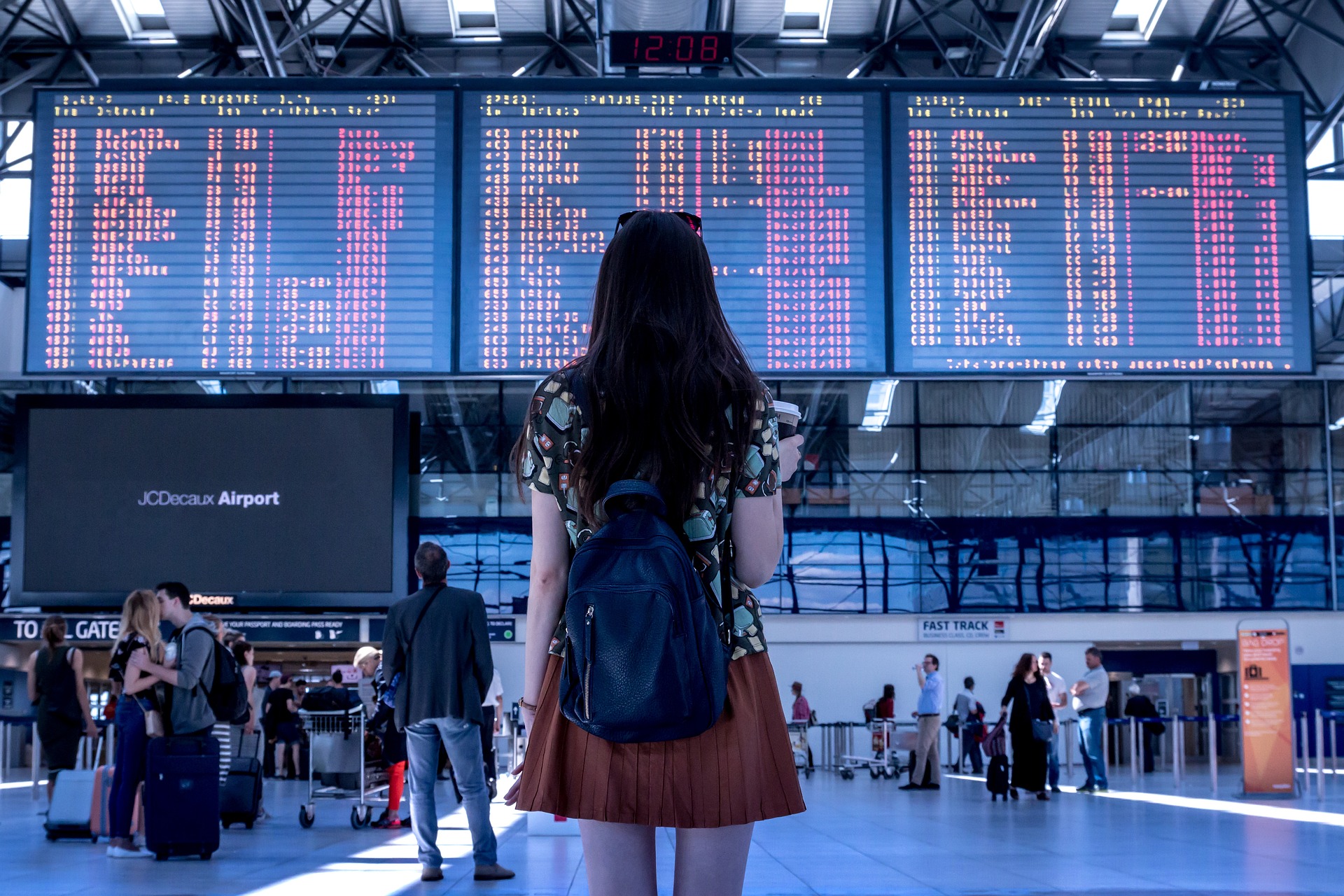Deciphering Flight School Expenses: A Comprehensive Breakdown
Alexander Kellerson

Diving headfirst into the fascinating world of aviation is an exhilarating journey, but it's essential to be well-informed about the financial aspects. In this comprehensive breakdown, we will unravel the various costs associated with flight school to help you plan your aviation dream effectively. From training fees to the expenses of renting an aircraft, examination costs, instructor charges, and even the price of essential flight equipment, we've got it all covered. We will also shed light on miscellaneous charges that might come your way. So buckle up, as we navigate the ins and outs of deciphering flight school expenses together!
Training fees
Diving into the heart of flight school expenses, the most significant cost often stems from the training fees. These are typically calculated per flight hour, and can vary depending on the type of aircraft used, the instructor's experience level, and the school's reputation. It's important to note that the Federal Aviation Administration requires a minimum of 40 flight hours for a private pilot license, but many students need more time to master the necessary skills. However, don't let this deter you, as these fees are investments towards your future in aviation, paving the way for a thrilling and rewarding career.
Examination costs
Delving deeper into the financial aspects of flight school, the examination costs are a crucial detail to consider. These costs are related to the written, oral, and practical exams you'll need to pass to earn your pilot's license. Each test comes with its own fee, which can vary depending on the testing center and the rating sought. It's important to note that these fees are often not included in the quoted tuition costs, so be sure to factor them into your budget. Nevertheless, the investment in these examinations is invaluable as they ensure you are well-equipped and safe in the skies.
Aircraft rental expenses
Diving straight into the major expenses, the cost of aircraft rental is an essential component to consider when budgeting for flight school. Typically, schools charge an hourly rate for aircraft use, which includes the cost of fuel and maintenance. The exact rate can vary significantly depending on the type of aircraft, its age, and the region where you're taking lessons. While some might be daunted by these costs, remember that each hour logged in the sky is a step closer to achieving your aviation dreams.
Instructor charges
Diving into the numbers, one of the significant costs associated with flight school is the instructor charges. These fees can vary greatly depending on the instructor's experience, the type of aircraft you're learning in, and the location of the flight school. However, it's crucial to remember that investing in a highly-qualified instructor often translates into more effective training, which can potentially save you money in the long run. Even so, it's advisable to compare rates and explore different options to ensure you're getting the best value for your money.
Flight equipment costs
A significant portion of your flight school budget will be allocated towards flight equipment costs. This includes essential items like headsets, flight bags, charts, and even your pilot uniform. However, it's essential to recognize that investing in high-quality equipment can significantly enhance your training experience and safety. Many schools also offer the option of renting some of these items, providing a cost-effective alternative. Keep in mind, these costs can vary widely depending on the school and the specific equipment required, so it's crucial to factor this into your overall budget planning.
Miscellaneous charges
While the core tuition costs cover the majority of the training, there are also miscellaneous charges to consider in your flight school budget. These can include items such as headset rentals, testing fees, or supplemental learning materials. It's important to be aware of these additional expenses as they can add up over time. However, they're also key investments in your aviation journey, helping to ensure a smooth flight path towards your pilot's certificate.
Balancing the Financial Aspects of Flight Training
In conclusion, navigating the financial aspect of flight school can initially seem as challenging as learning to fly itself. However, with a clear understanding of the myriad of costs involved - from training fees and examination costs to aircraft rental expenses, instructor charges, flight equipment costs, and miscellaneous charges - prospective pilots can plan their journey with confidence. It's important to remember that these costs are an investment in your future, providing you with the skills and qualifications necessary to soar to new heights in the aviation industry. By breaking down each expense, this article aims to provide a comprehensive guide to help you decipher the costs of flight school and chart a clear course towards your aviation dreams.











